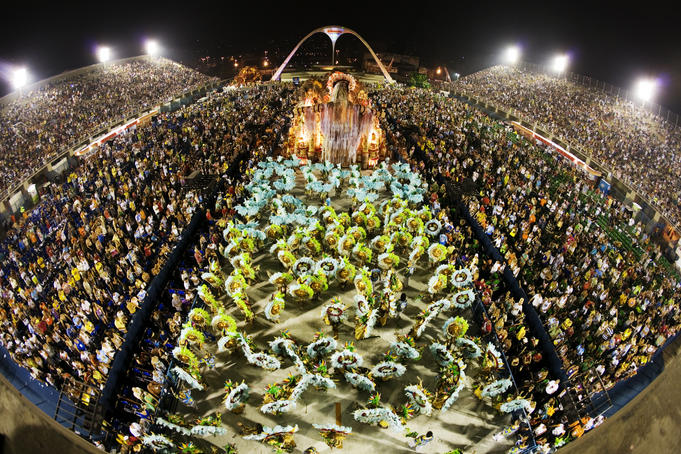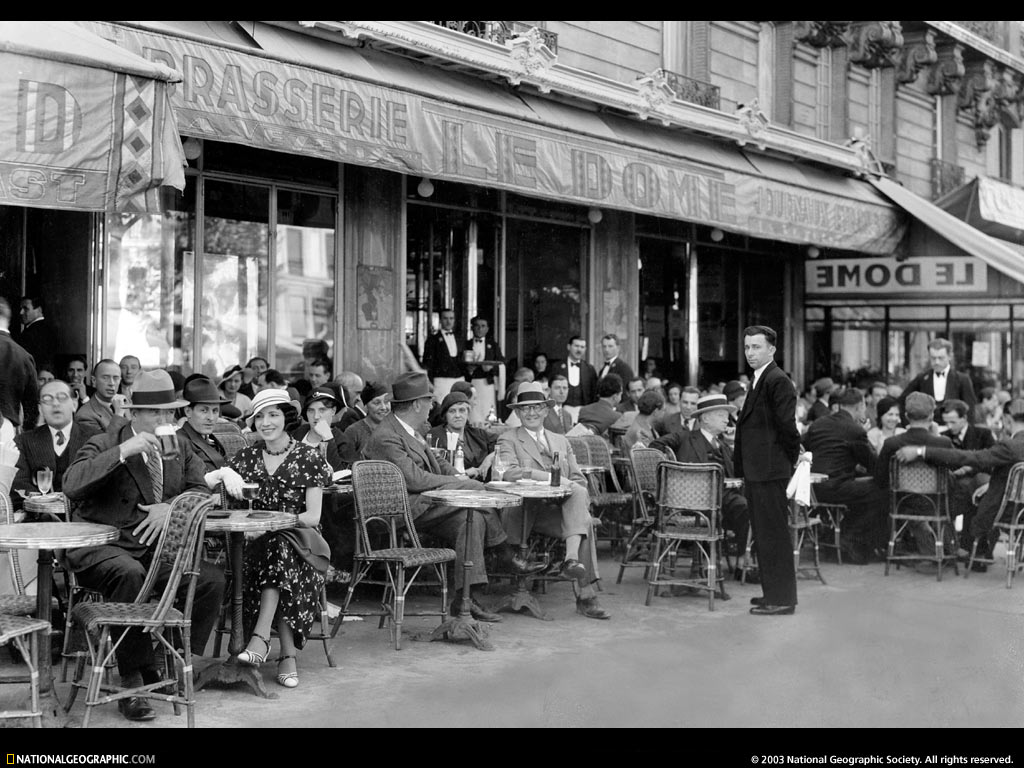Text: Brazil and La Plata:
the Personal Record of a Cruise by Charles Samuel Stewart
 |
| The city of Rio, from Brazil and La Plata. |
“The first impression made on an intelligent stranger on landing at Rio would, probably, arise from the numbers, evident difference in condition, the variety of employments, dress, and undress, almost to nakedness, of the negro and slave population. Such figures, such groupings, such costumes, as are exhibited by these on every side, would be difficult to picture or describe.” Pg 72
The city of Rio de Janeiro teems with populations of all
kinds, as everyone comes together to celebrate the famous Carnival. Since the arrival of Christianity here
in Brazil, the beginning of Lent has been celebrated by the huge blowout of
costumes, music, parades, and festivities. We were so lucky to spend our final destination in Rio just
in time for the world famous Carnival.
The morning began before the sun rose, with the distant beat of steel
drums and rhythm instruments woke us, and we rushed to the main boulevards for
the parades. Women in various stages of undress flaunt their bodies in rhythmic
dances through the streets, leaving little regard for customary modesty. Samba troupes parade through in
spectacular shows of talent. On
the side roads, there are many smaller parades in which the general public is
invited to dance and participate.
The elaborate costumes of the professional dancers include feathers,
beads, sparkles, headdresses, and skirts of epic proportions. Many of the samba schools prepare for
the event year round. The party occupies the entire city for a whole week, and
goes late into the night before starting up again before sunrise. We were able to wander and watch for
hours, fighting through the cheering crowds to see the most celebrated dance
troupes as well as experiencing some of the smaller parades and parties away
from the main one.
 |
| The magic of Carnival. |
There is a grandiose amount of consumption throughout
Carnival, as locals and tourists alike see it as a time to entirely cut loose
before the limited practices of Lent, when meat and other indulgences are not
allowed. We ate roasted lamb,
spicy rice, freshly caught fish, and the traditional meat dish of feijoada.
Pastries called bolos are stuffed with meat, fruit, custard, and other fillings
depending on personal preference, and bolos carts line the streets. We gave no regard to mealtimes or
hunger, and simply tasted anything desirable throughout the celebration of
carnival. The dancing and cheering
is so exhausting, anyway, that the excessive amounts of food are almost
necessary and serve as a welcome break from the festival.
Exploring the city of Rio during Carnival is not exactly easy,
since the millions of residents are all crowded into the main streets and the
corner pockets of the city are all but deserted. Exploring as much as we could in our spare time away from
Carnival, we saw a colorful and diverse city, built into the hillsides to accommodate
its rapidly growing population.
The informal sector of both employment and housing is huge here, which
creates problems for the government but gives the city its living feel, as
under ever bridge or around any corner is a thriving little slum village, its
own world away from the city and the Carnival itself.
.gif) Leaving Rio, we will return to America by plane and complete
our tour of the world. We began in
the frigid glaciers of Alaska and explored every climate, language, religion,
culture, and history imaginable. I
will never again learn so much as I have in the past year, and will never
forget the memories made on this trip.
My experiences will be my guide for the rest of my life, opening my eyes
to the unimaginable realm of possibilities before me in this amazing world.
Leaving Rio, we will return to America by plane and complete
our tour of the world. We began in
the frigid glaciers of Alaska and explored every climate, language, religion,
culture, and history imaginable. I
will never again learn so much as I have in the past year, and will never
forget the memories made on this trip.
My experiences will be my guide for the rest of my life, opening my eyes
to the unimaginable realm of possibilities before me in this amazing world.






























